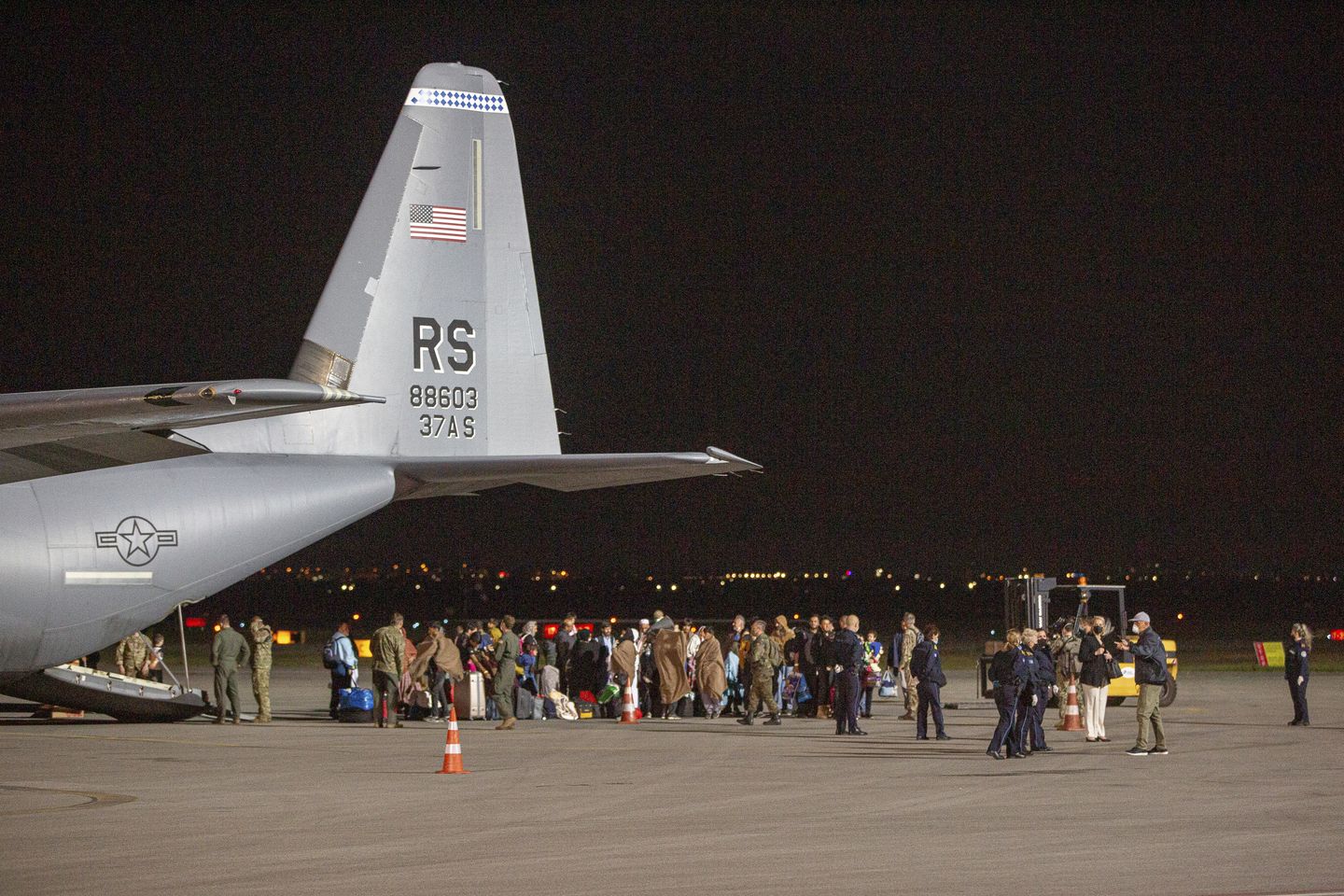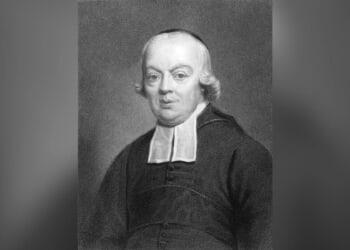
The chaotic airlift to evacuate Afghans amid the fall of Kabul in 2021 allowed at least 82 people who have been on the terrorism watchlist to get into the U.S., an inspector general said Tuesday. Here’s what you need to know about the Afghan evacuation security findings:
The terrorism watchlist findings
Inspector general audit reveals security concerns:
- 82 people on terrorism watchlist entered U.S. during airlift
- 55 were already on watchlist before summer 2021 or during evacuation
- 27 more weren’t added to list until after settling in U.S.
- Justice Department Inspector General Michael Horowitz conducted audit
The FBI response
Bureau took appropriate steps according to audit:
- FBI tracked suspects once it learned of their names
- Bureau worked to confirm if individuals were actual threats
- “Appropriate mitigation steps were taken in response to those threats”
- Screening and investigative efforts revealed potential threats
The 2021 evacuation context
Airlift occurred during chaotic Afghanistan withdrawal:
- Tens of thousands of Afghans airlifted from Kabul July-August 2021
- President Biden scrambled to salvage disastrous troop withdrawal
- Evacuation supposed to rescue Afghans who assisted U.S. war effort
- Large amount of evacuees may have lacked those ties to U.S.
The current status of the 27 added later
Follow-up on those identified after settling:
- 19 of the 27 still on watchlist as of last year
- 15 were “encountered by various agencies” after being listed
- Appropriate follow-up done in each case according to Horowitz
- Bureau found these 27 already in U.S. when added to list
The ongoing investigations
Active cases among original 55 suspects:
- 4 individuals under active FBI investigations
- 4 others remain under suspicion for terrorist associations
- 1 individual no longer in U.S. but still on watchlist
- 9 of original 55 remained on watchlist as of last year
The parole authority
Mayorkas used special immigration exception:
- Homeland Security Secretary allowed Afghans under “parole” authority
- Parole supposed to be used on case-by-case basis
- Previously reserved for medical emergencies or investigation assistance
- Mayorkas used it to create secondary immigration system for millions
The broader parole usage
Afghanistan became first large-scale test:
- Later used for Ukrainians, Venezuelans, Nicaraguans, Haitians, Cubans
- Also used for would-be illegal immigrants in northern Mexico
- Parole authority expanded far beyond traditional usage
- Millions brought in through this system
The criminal cases
Specific terrorism plots identified:
- Nasir Ahmad Tawhedi brought in during evacuation
- Now charged with plotting Election Day massacre last year
- Trial scheduled for May 2026
- Abdullah Haji Zada pleaded guilty in April to gun procurement charges
The screening problems
Multiple inspector general reports found issues:
- Homeland Security inspector general found screening problems
- Defense Department inspector general also identified issues
- Problems occurred before Afghans reached U.S.
- Initial screening process had significant gaps
Read more:
• Biden’s Afghan airlift allowed 82 terrorism suspects into U.S.
This article is written with the assistance of generative artificial intelligence based solely on Washington Times original reporting and wire services. For more information, please read our AI policy or contact Ann Wog, Managing Editor for Digital, at awog@washingtontimes.com
The Washington Times AI Ethics Newsroom Committee can be reached at aispotlight@washingtontimes.com.


![Former Bravo Star Charged After Violent Assault Using a Rock-Filled Sock in Tennessee Walmart [WATCH]](https://www.right2024.com/wp-content/uploads/2025/07/Former-Bravo-Star-Charged-After-Violent-Assault-Using-a-Rock-Filled-350x250.jpg)




![Karoline Leavitt Levels CNN's Kaitlan Collins and Other Legacy Media Reporters [WATCH]](https://www.right2024.com/wp-content/uploads/2025/07/Karoline-Leavitt-Levels-CNNs-Kaitlan-Collins-and-Other-Legacy-Media-350x250.jpg)
![Man Arrested After Screaming at Senators During Big Beautiful Bill Debate [WATCH]](https://www.right2024.com/wp-content/uploads/2025/06/Man-Arrested-After-Screaming-at-Senators-During-Big-Beautiful-Bill-350x250.jpg)

![Illegal Alien Walked Free After Decapitating Woman, Abusing Corpse for Weeks [WATCH]](https://www.right2024.com/wp-content/uploads/2025/07/1753013138_Illegal-Alien-Walked-Free-After-Decapitating-Woman-Abusing-Corpse-for-350x250.jpg)






